Northern Albertans, including Edmontonians, got a great view of the aurora borealis on Saturday night.

Global News readers and viewers sent in photos of the spectacular northern lights following the show in the sky.
Frank Florian, the director of planetarium and space sciences at the Telus World of Science, said that cold weather doesn’t actually factor in to whether the lights will be visible.
“Northern lights can take place almost really any time of the year,” Florian said, “regardless of what the temperature is like. It’s not cold weather that makes the northern lights happen. It’s basically the sun, which is the energy source that makes this northern light activity actually happen.
“These lights are actually created by charged particles that basically emanate from the sun, move through space and actually hit the Earth’s atmosphere.
“These particles get through the Earth’s magnetic field and kind of spiral down on the north and south magnetic poles of the Earth, giving rise to the lights by having the charged particles interact with the Earth’s atmospheric gases.”
He added the lights move because the charged particles buckle Earth’s magnetic shield.
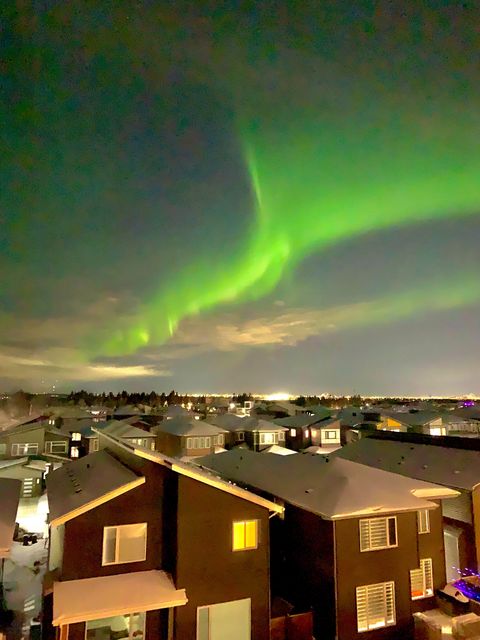
“Alberta and Edmonton, and north of Edmonton, are great locations for the northern lights,” he said. “The further north you go, the chances of seeing the northern lights on any given night increases because you’re closer to that point we call the auroral oval.”

Get breaking National news
The auroral oval is usually centred around the Earth’s magnetic north and south poles but can expand during periods of intense solar activity. When they expand, they are visible from more southern points, Florian said.
Florian said that there are ways to predict high periods of aurora activity.
“Sometimes the sun ‘burps,'” he explained. “It basically has this period where it throws off material, something we call a coronal mass ejection. An event like that just happened four days ago.”
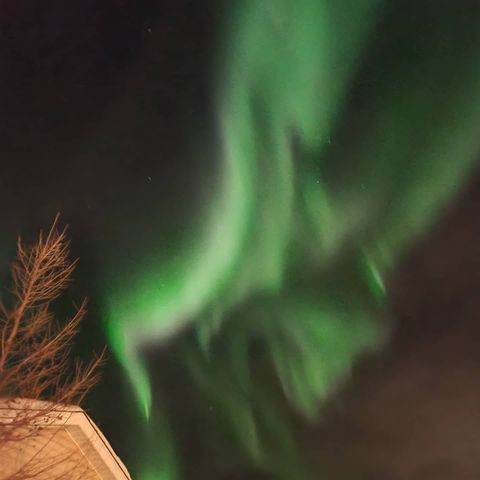
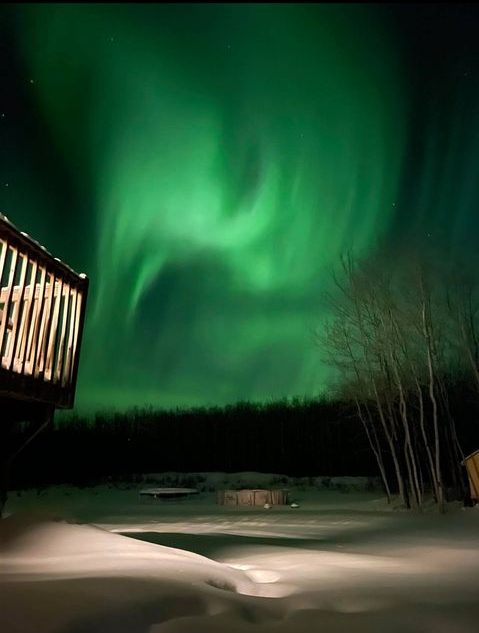
The Space Weather Prediction centre provides half-hourly information on when the north and south aurora borealis will be visible.


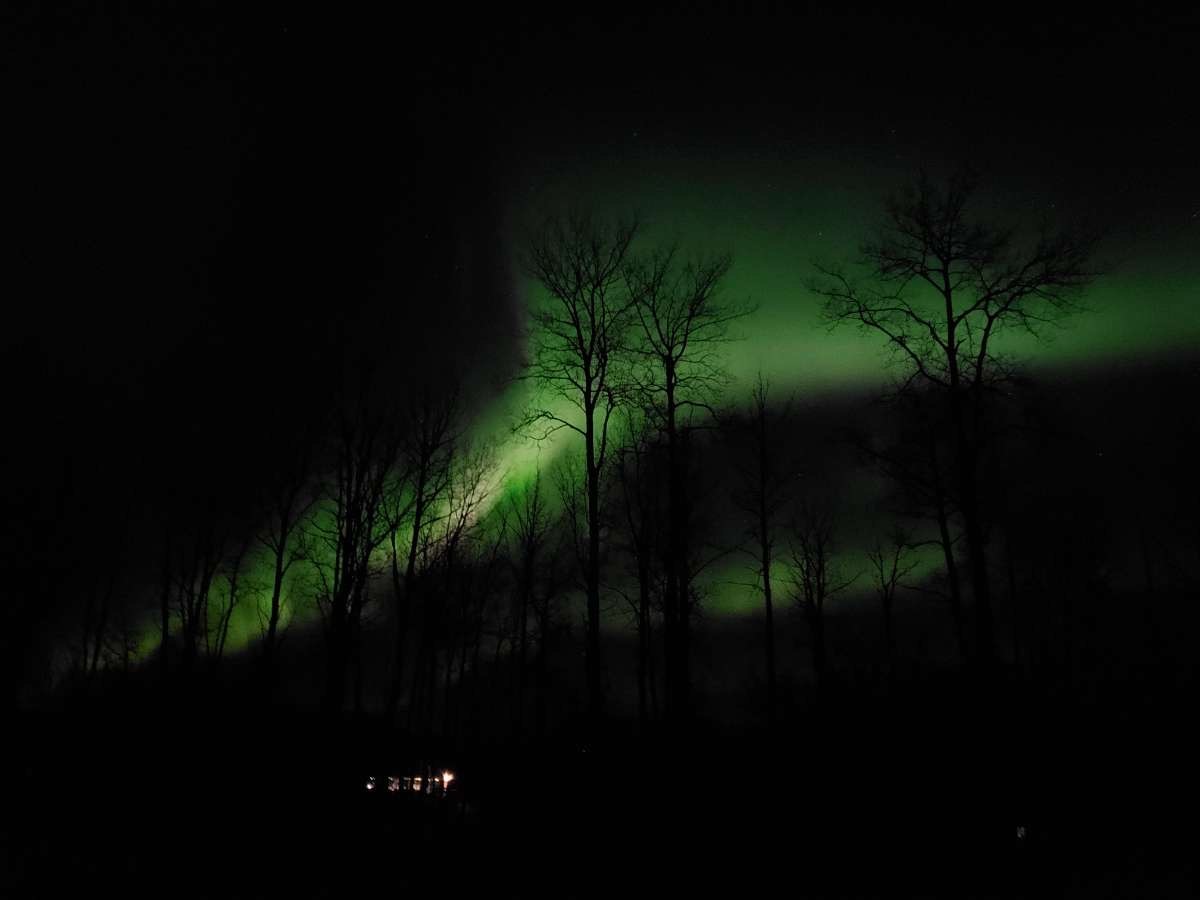
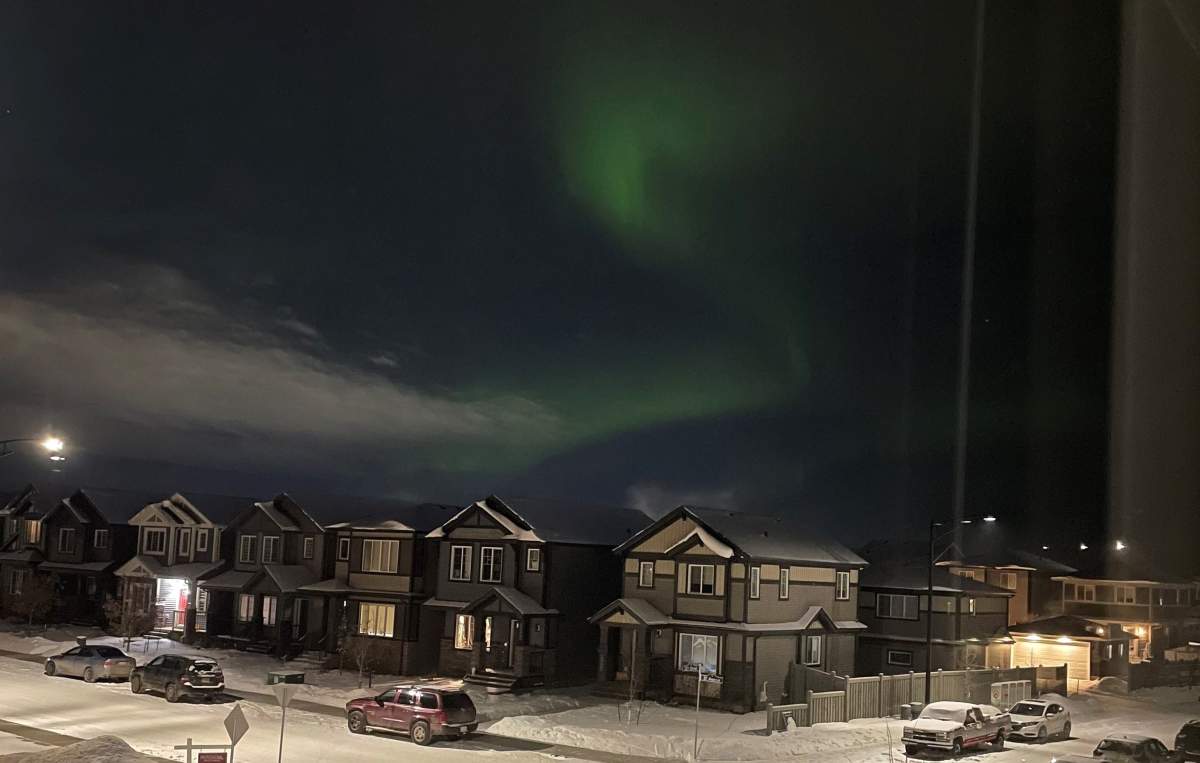
Comments